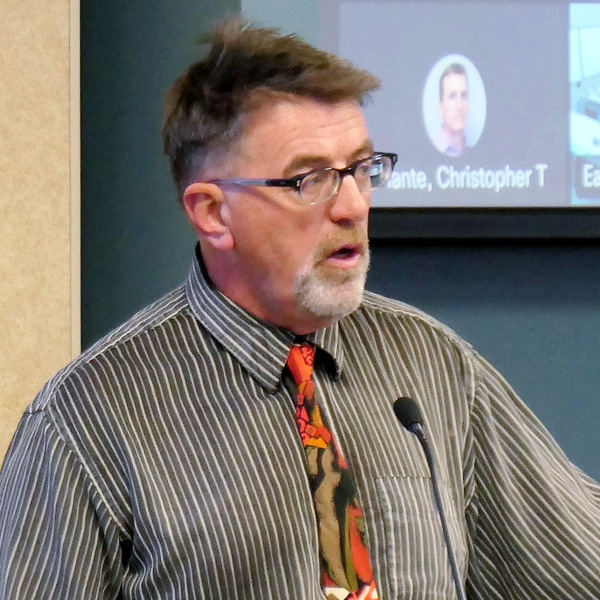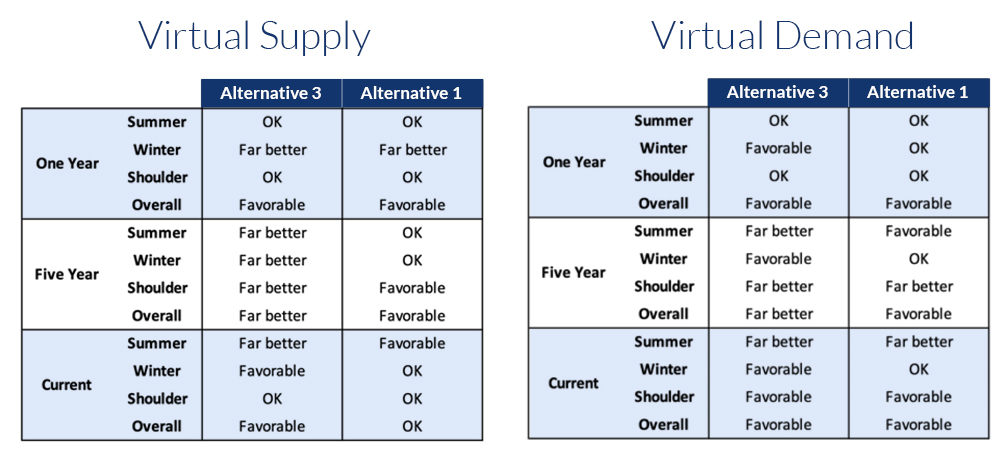Texas lawmakers have jumped into the middle of the Public Utility Commission’s effort to redesign the ERCOT market, saying they are concerned the PUC’s proposals don’t do enough to incent investment in new gas-fired generation.
The commission had been quietly working with consultants behind closed doors to develop new market designs that would protect ERCOT against a repeat of 2021’s disastrous winter storm. But when the PUC unveiled the results of its work last month, it quickly drew pushback from the market and energy experts over its close resemblance to capacity markets. (See Proposed ERCOT Market Redesigns ‘Capacity-ish’ to Some.)
The lead proposal, a performance credit mechanism (PCM) that would require load-serving entities to buy performance-based credits from generation resources that meet reliability standards, has never been tried by a U.S. grid operator. The PUC has asked ERCOT stakeholders and the general public to provide feedback on the PCM and five other market designs by Dec. 15.
However, Texas lawmakers, who see adding more gas-fired, or dispatchable, generation as the solution to the problem (They define dispatchable resources as those not “controlled primarily by forces outside of human control.”) have stepped into the fray.
On Wednesday, Lt. Gov. Dan Patrick, who presides over the state Senate and has tremendous influence over its legislation, unveiled his list of priorities for the Texas Legislature’s 88th session, which begins Jan. 10. They include improving the grid’s reliability; he threatened to keep lawmakers in Austin until they pass legislation that encourages gas-fired power plants to be built.
“Whether it is incentivizing them; whether it’s building them; whatever the plan is, I personally cannot see myself leaving this building knowing that another [winter storm] can happen,” Patrick, who called renewable energy “a luxury,” said during a press conference. “We have to level the playing field so that we attract investment in natural gas plants.”
Observers have noted that would put Patrick at odds with Gov. Greg Abbott and Peter Lake, his handpicked commission chair. Both have said the grid is better than ever because of weatherization, coordinated communication and other operational changes put in place at the end of last year.
The bipartisan Senate Business and Commerce Committee followed up Patrick by sending a letter Thursday to the PUC’s commissioners, urging them to stick to the directives in Senate Bill 3. The omnibus bill, passed last year following the winter storm that almost brought down ERCOT’s grid and left millions of Texans in the dark for days, called for “adequate incentives” for dispatchable generation. It also instructed the PUC to incentivize that dispatchable generation by establishing a reliability standard for the market and using that standard to develop or procure a new ancillary or reliability service for the generators. (See Abbott Signs Texas Grid Legislation into Law.)
The committee had already heard from the PUC, ERCOT and stakeholders, having held a hearing on the plan Nov. 17. It said the testimony that day indicated the PCM was an “administratively complex and novel concept” that would “deter new investments in the ERCOT market until it is fully in place.” (See Legislators, Stakeholders Pan Proposed ERCOT Market Design.)
“By the commission’s own admission, [that] could be several years down the road,” committee members wrote. “There is significant concern the proposals being considered by the commission … not only failed to meet the directives clearly stated in SB3, but more importantly will not guarantee new dispatchable generation in a timely and cost-effective manner. …
“It is not in the best interest of our constituents to support any proposal that further delays investments in new dispatchable generation, and the commission should carefully consider the unintended consequences of any type of proposal that creates more uncertainty for market participants.”
The committee directed the PUC to define ERCOT’s reliability goals before moving forward with any “significant” market redesign and to evaluate creating a new market-based ancillary or reliability service to meet reliability standards.
“Any holistic market design change, including the PCM, that goes beyond the scope of SB3 should not be adopted by the commission without further consultation with the legislature,” the committee said in concluding its letter.
The hits could keep coming. On Monday, the House of Representatives’ State Affairs Committee will hold a public hearing to review the proposed market changes.
The PUC seemed unfazed by the legislative comments. It still plans to present a final recommendation to the legislature next year before allowing ERCOT to begin the implementation process.
A spokesman said the commission will develop a reliability service, “as we’ve said since the beginning of this process.”
“The [PUC] published multiple options for consideration and eagerly awaits public comments on all options,” Rich Parsons said in an emailed statement. “Once the commission holds a vote on a preferred reliability service, we will present it to the legislature next session.”
 Alison Silverstein, Silverstein Consulting | © RTO Insider LLC
Alison Silverstein, Silverstein Consulting | © RTO Insider LLC“The PUC should take this legislative brushback of the chairman’s preferred solution very seriously. It’s a bad idea to tick off the folks who approve the commission’s budget, appointments and headcount,” Alison Silverstein, an energy consultant with experience at both the PUC and FERC, told RTO Insider on Friday.
She said the PCM proposal is “barely articulated, poorly analyzed, ill-supported and precedent-free, with little evidence that it will produce new gas plants.”
“I wouldn’t risk the Texas economy and energy affordability for [the PCM],” Silverstein said.
She put in a plug for the backstop reliability service, one of the other five designs. The ancillary service would meet specific reliability needs not met by ERCOT’s real-time and ancillary service markets during high uncertainty periods. Silverstein said it would act as an insurance policy that would better manage plant retirements.
Stoic Energy principal Doug Lewin said that building new gas plants will only lead to higher customer bills.
“If you want to lower bills, you need to integrate more renewables and increase energy efficiency,” he tweeted, noting that a consultant for the PUC has shown that high renewable generation reduces energy costs by 20%.
“No one thing will solve any, much less all, of these problems,” Lewin added. “Unfortunately, some policymakers are trying to solve a different problem. They don’t like renewables and want more gas plants. That won’t solve any of the problems.”



